Transforming the Dairy Supply Chain: From Farm to Fridge
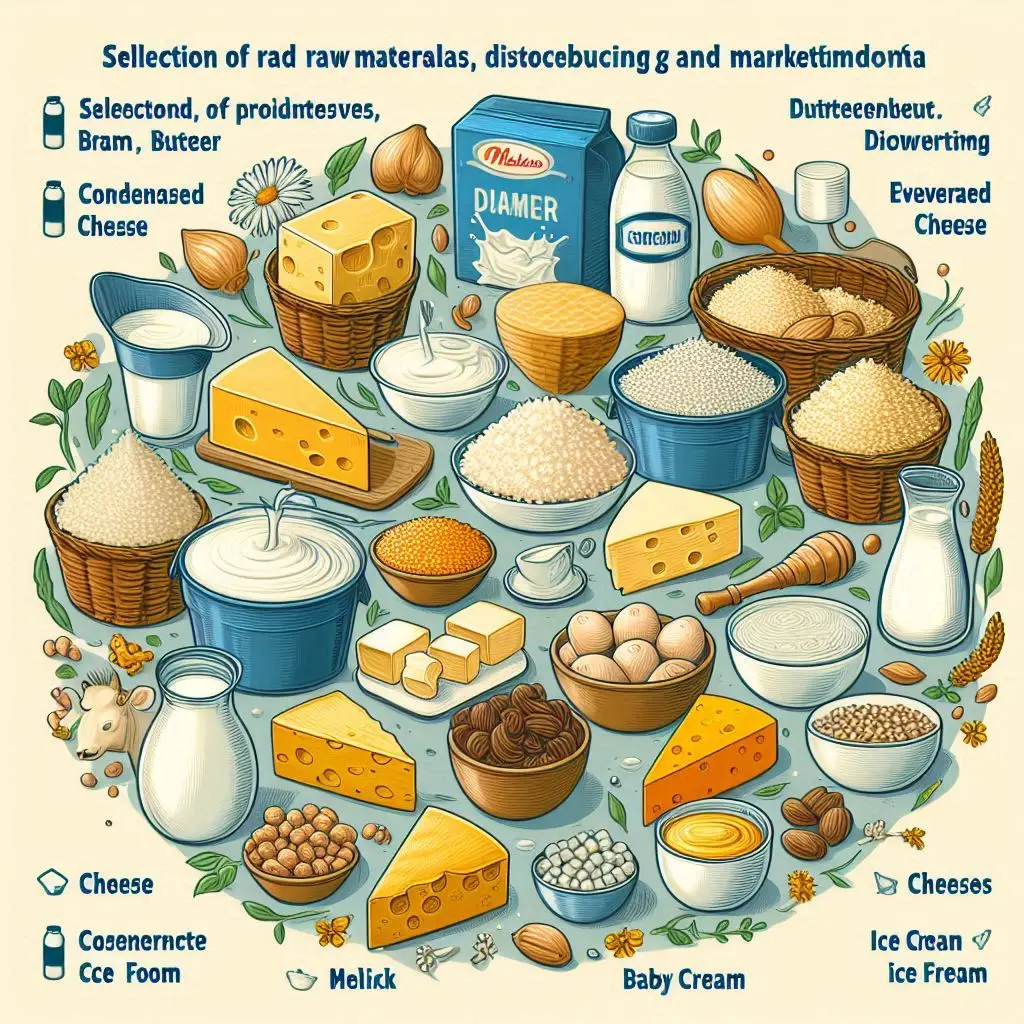
The dairy industry is undergoing a remarkable transformation. This change is driven by the need to enhance efficiency, ensure sustainability, and meet evolving consumer demands. From the farm to the fridge, stakeholders across the dairy supply chain are embracing innovative technologies and sustainable practices. Additionally, they are forging strategic partnerships to optimize operations and deliver high-quality dairy products to consumers worldwide.
The Dairy Supply Chain: An Overview
The dairy supply chain is complex. It includes various stages, from milk production on farms to processing, packaging, distribution, and finally, consumption. Each stage presents unique challenges and opportunities. Therefore, careful planning and coordination are essential to ensure the smooth flow of products and information.One key challenge is the perishable nature of milk and dairy products. Specifically, milk has a short shelf life and is highly susceptible to bacterial growth. This requires strict temperature control and rapid transportation from farms to processing facilities. Consequently, a well-developed cold chain infrastructure is necessary to minimize spoilage and maintain product quality.
Embracing Technology for Supply Chain Optimization
To address these challenges, dairy companies are increasingly turning to technology. For instance, advanced technologies like blockchain, the Internet of Things (IoT), and data analytics are transforming dairy supply chains. As a result, these innovations enhance transparency, traceability, and efficiency.
Blockchain for Traceability and Transparency
Blockchain technology creates secure, decentralized digital ledgers. These ledgers record every transaction and movement of dairy products throughout the supply chain. By storing information in an immutable manner, blockchain ensures stakeholders can verify the authenticity and provenance of dairy products at any point in the chain.This level of traceability is crucial during product recalls or quality issues. It allows for quick identification and mitigation of problems. Moreover, blockchain-based systems provide consumers with greater transparency into the origin and production methods of the dairy products they consume.
IoT for Real-Time Monitoring and Optimization
IoT devices, such as sensors and smart tags, enable real-time monitoring of various parameters throughout the dairy supply chain. These devices collect data on temperature, humidity, location, and other critical factors. Therefore, this information provides stakeholders with valuable insights into the condition and movement of dairy products.By analyzing this data, dairy companies can optimize operations, reduce waste, and ensure product quality. For instance, if a temperature spike is detected in a shipment of milk, the system can automatically trigger an alert. This allows for prompt corrective action, helping to minimize spoilage and maintain the integrity of the cold chain.
Data Analytics for Informed Decision-Making
The vast amounts of data generated by IoT devices can be leveraged for valuable insights. In fact, data analytics tools enable dairy companies to analyze production volumes, quality metrics, transportation routes, and consumer preferences. This helps optimize operations and identify efficiency opportunities.Furthermore, integrating data from various sources, such as enterprise resource planning (ERP) systems and customer relationship management (CRM) platforms, gives dairy companies a holistic view of their supply chain performance. This information can be used to forecast demand, optimize inventory levels, and make strategic decisions that enhance supply chain resilience.
Sustainability and the Dairy Supply Chain
Sustainability is a critical focus area in the dairy industry. In particular, stakeholders across the supply chain are working to reduce their environmental footprint and promote responsible practices. This shift is driven by growing consumer awareness of food production’s impact on the environment.
Sustainable Sourcing and Production
At the farm level, dairy farmers are implementing sustainable practices. These practices improve animal welfare, reduce greenhouse gas emissions, and conserve natural resources. For example, precision farming techniques, such as precision feeding and manure management, optimize resource use and minimize waste.Moreover, dairy processing facilities are also making strides in sustainability. They invest in energy-efficient equipment and implement water conservation measures. Additionally, some companies explore renewable energy sources like solar and wind power. Others even seek ways to upcycle by-products from manufacturing, such as whey, into value-added products.
Sustainable Packaging and Distribution
Packaging plays a crucial role in the dairy supply chain. It protects products during transportation and storage while serving as a marketing tool. However, traditional packaging materials like plastic have significant environmental impacts. Consequently, there is a growing demand for sustainable alternatives.In response, dairy companies are exploring eco-friendly packaging solutions. For instance, they are using biodegradable materials and designs that minimize waste. Some are even experimenting with refillable and reusable packaging models. These efforts aim to reduce single-use waste and promote a more circular economy.Furthermore, distribution is another area where sustainability is becoming increasingly important. As consumers become more conscious of food miles, dairy companies are optimizing their transportation networks. They seek to reduce emissions by optimizing truck routes and investing in fuel-efficient vehicles.
Collaboration and Partnerships for Supply Chain Resilience
Building a resilient and sustainable dairy supply chain requires collaboration among various stakeholders. Farmers, processors, distributors, retailers, and consumers must work together. By pooling their knowledge and resources, they can address common challenges and drive innovation.One example of successful collaboration is dairy cooperatives. These organizations bring together dairy farmers to market their products collectively. They negotiate better prices and access shared resources like processing facilities. By pooling resources, dairy farmers achieve economies of scale and enhance their bargaining power.Another form of collaboration is strategic partnerships between dairy companies and technology providers. By partnering with firms specializing in blockchain, IoT, and data analytics, dairy companies can accelerate digital transformation. These partnerships provide access to cutting-edge technologies and facilitate knowledge sharing.
The Future of Dairy Supply Chain Management
The dairy industry is evolving rapidly. The future of supply chain management will be shaped by key trends. One significant trend is the growing demand for personalized dairy products. Consumers increasingly seek products tailored to their dietary needs, preferences, and lifestyles. This includes lactose-free milk and high-protein yogurt.To meet this demand, dairy companies must develop flexible and responsive supply chains. They need to adapt quickly to changing market conditions. This may involve investing in modular processing equipment and implementing agile manufacturing techniques.Another trend is the rise of e-commerce and direct-to-consumer (D2C) sales channels. More consumers are turning to online platforms for dairy product purchases. Therefore, dairy companies must develop robust e-commerce capabilities and streamlined logistics networks. This ensures timely delivery of products.D2C sales models also provide valuable data on consumer preferences. This data can inform product development, marketing, and supply chain strategies. By engaging directly with consumers, dairy companies gain a deeper understanding of their needs.
Conclusion
The dairy industry is at a critical juncture. Stakeholders across the supply chain face a range of challenges and opportunities. By embracing innovative technologies and sustainable practices, dairy companies can optimize operations. They can enhance efficiency and deliver high-quality dairy products to consumers. As the industry continues to evolve, the future of dairy supply chain management will be shaped by trends like personalization, e-commerce, and sustainability. By staying ahead of these trends, dairy companies can position themselves for long-term success in a competitive market.
for more pearls of Vets Wisdom:
https://wiseias.com/partitioning-of-food-energy-within-animals/

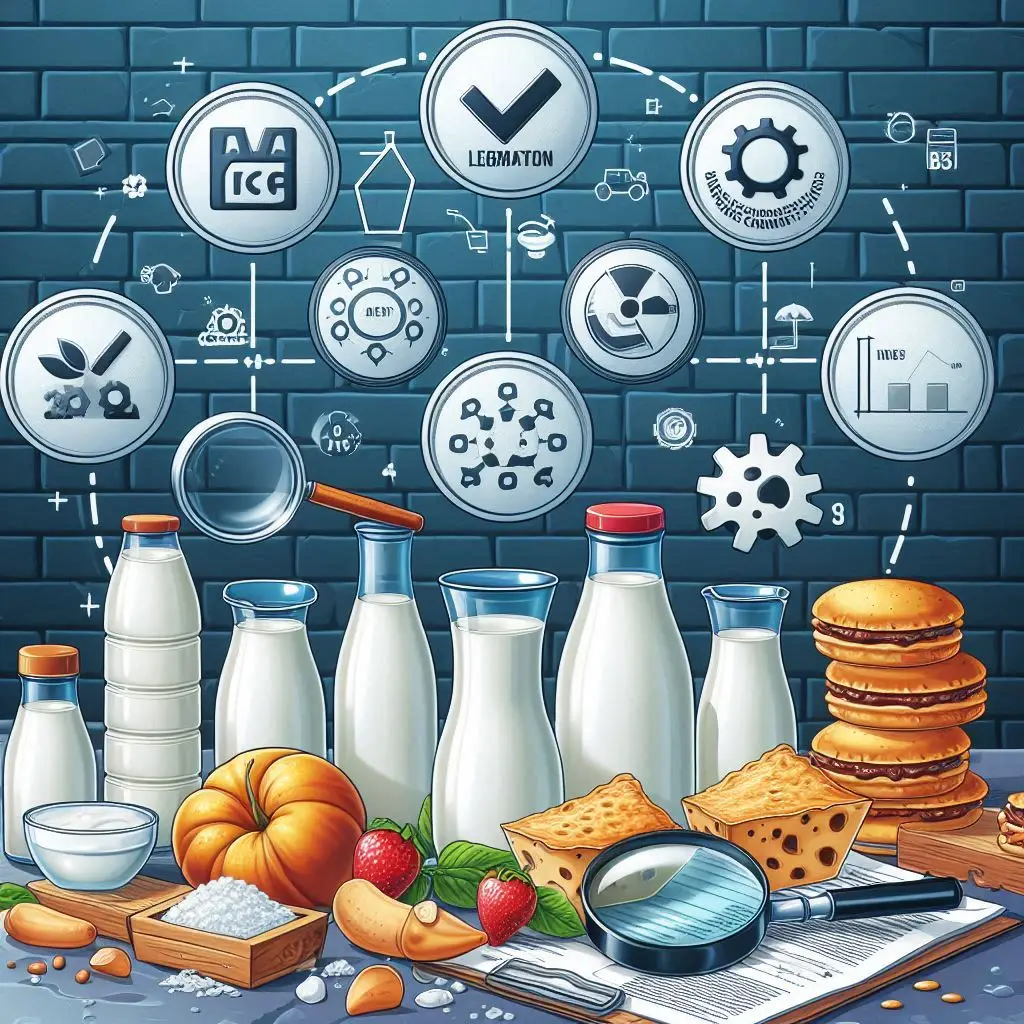
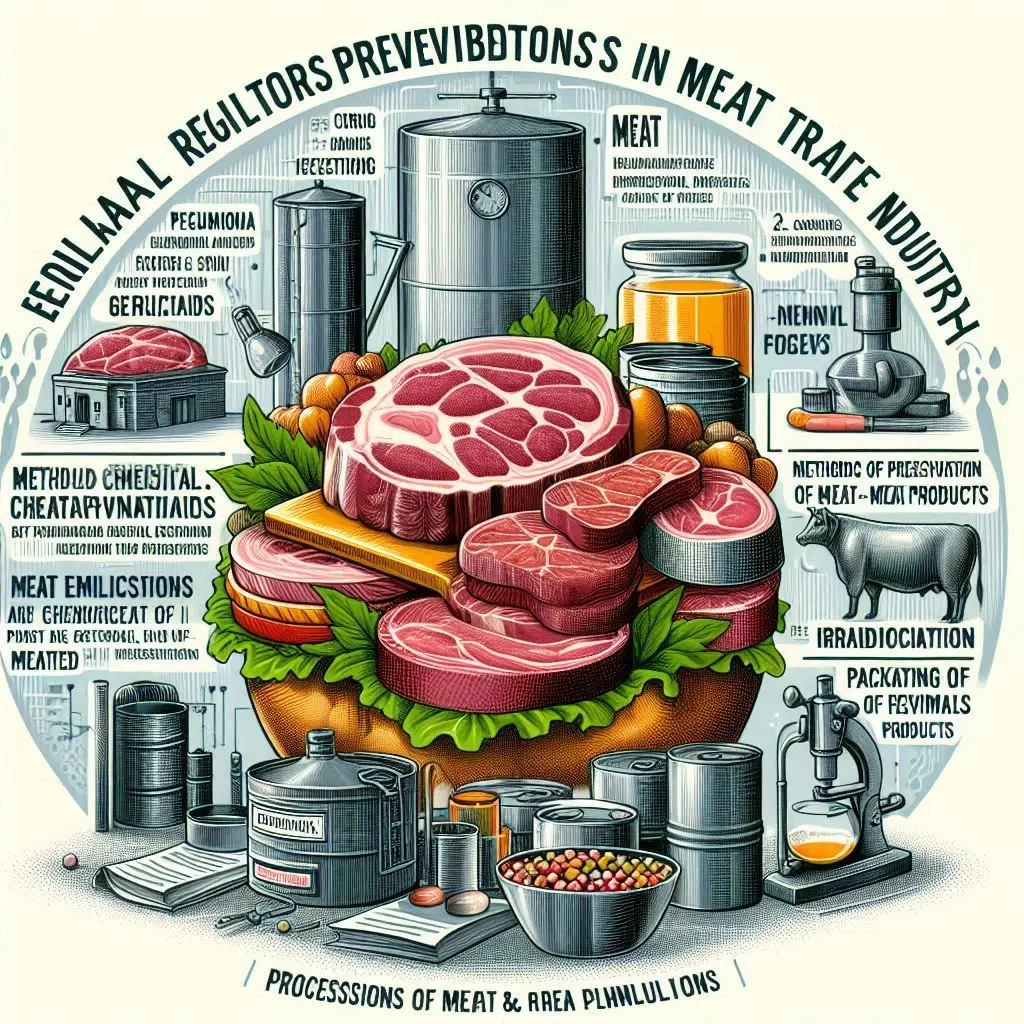

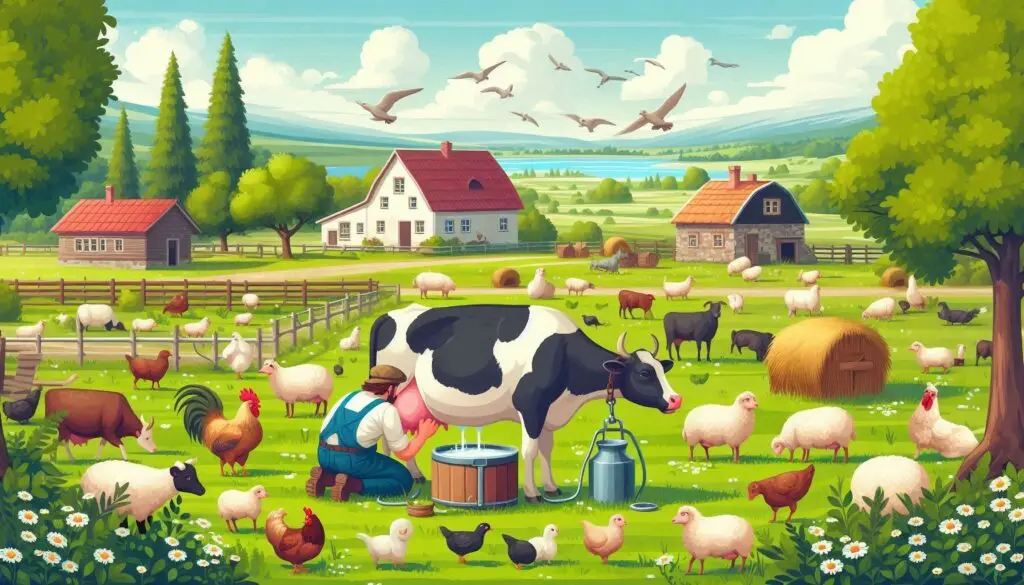
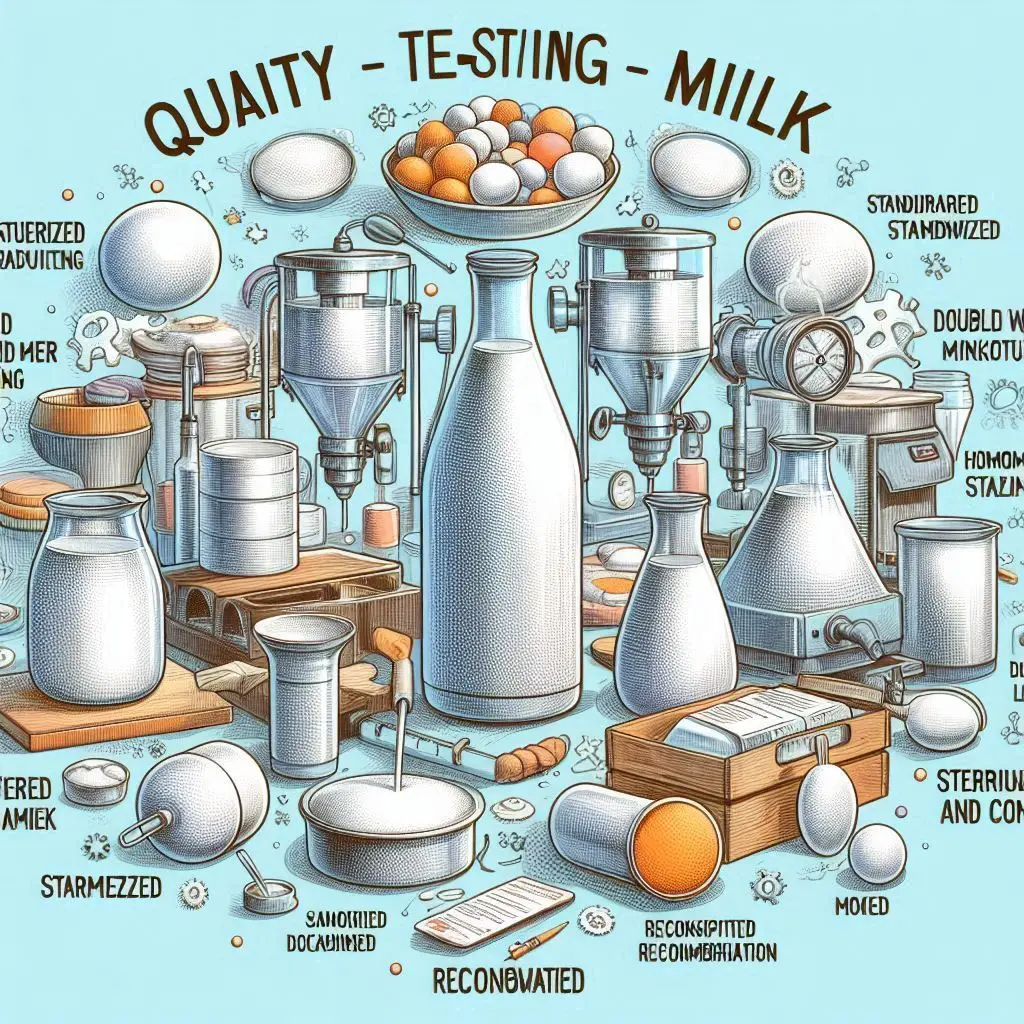
Responses